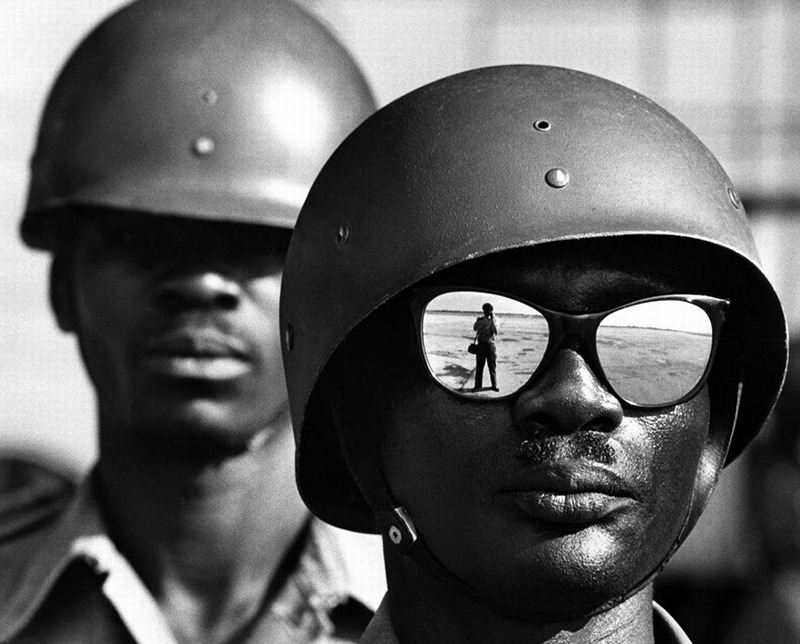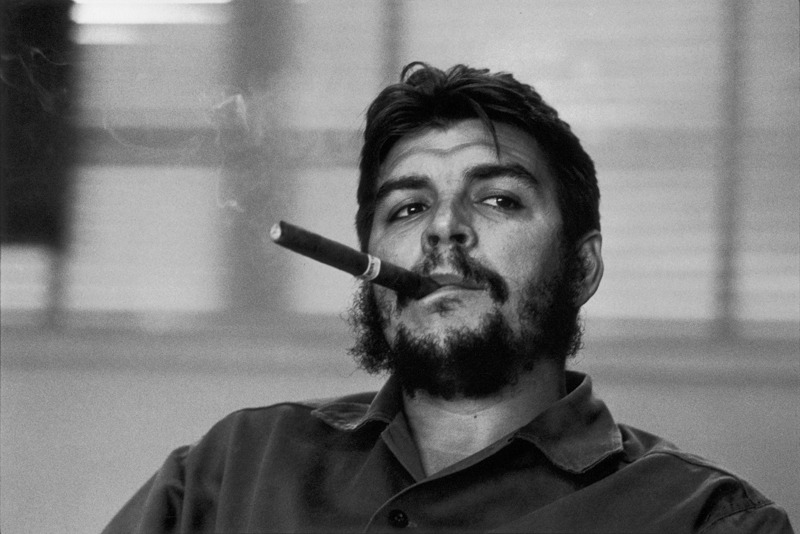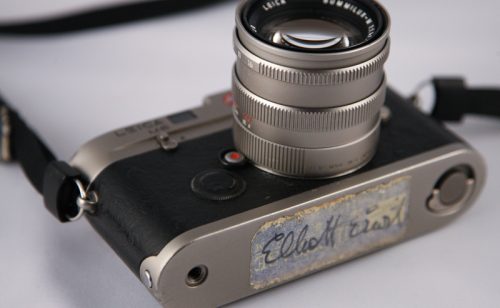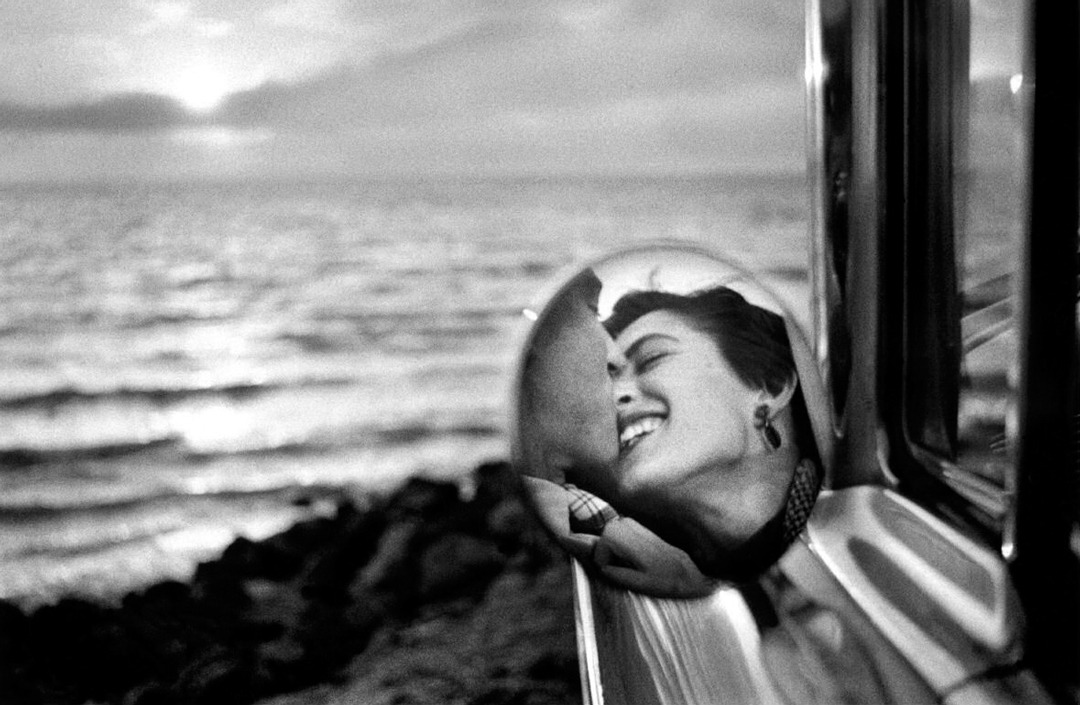Elliot Erwitt
is both an advertising and documentary photographer known for his black and white candid shots. A master of Henri Cartier-Bresson’s “decisive moment”.

Black & White Film Beacon
One of the subjects Elliot Erwitt has frequently photographed in his career is dogs: they have been the subject of four of his books, Son of Bitch (1974), Dog Dogs (1998), Woof (2005) and Elliot Erwitt’s Dogs (2008).
More recently, Erwitt has created an alter ego, the beret-wearing and pretentious André S. Solidor (which abbreviates to “ass”) — “a contemporary artist, from one of the French colonies in the Caribbean, I forget which one” — in order to “satirise the kooky excesses of contemporary photography”. His work was published in a book, The Art of André S. Solidor (2009), and exhibited in 2011 at the Paul Smith Gallery in London.
Erwitt was awarded The Royal Photographic Society’s Centenary Medal and Honorary Fellowship (HonFRPS) in 2002 in recognition of a sustained, significant contribution to the art of photography and the International Center for Photography’s Infinity Award, Lifetime Achievement category, in 2011.

Music and News
Since the 1970s, he has devoted much of his energy toward movies. His feature films, television commercials, and documentary films include “Arthur Penn: the Director” (1970), Beauty Knows No Pain (1971), Red, White and Bluegrass (1973) and the prize-winning Glassmakers of Herat, Afghanistan (1977). He was, as well, credited as Camera Operator for “Gimme Shelter” (1970), and Still Photographer for Bob Dylan.
“It’s about reacting to what you see, hopefully without preconception. You can find pictures anywhere. It’s simply a matter of noticing things and organizing them. You just have to care about what’s around you and have a concern with humanity and the human comedy. ”
Erwitt spent his childhood in Milan, then emigrated to the US, via France, with his family in 1939. As a teenager living in Hollywood, he developed an interest in photography and worked in a commercial darkroom before experimenting with photography at Los Angeles City College. In 1948 he moved to New York and exchanged janitorial work for film classes at the New School for Social Research.
Erwitt traveled in France and Italy in 1949 with his trusty Rolleiflex camera. In 1951 he was drafted for military service and undertook various photographic duties while serving in a unit of the Army Signal Corps in Germany and France.

Humble Start
While in New York, Erwitt met Edward Steichen, Robert Capa and Roy Stryker. Stryker initially hired Elliot Erwitt to work for the Standard Oil Company and then document the city of Pittsburgh.
In 1953 Erwitt joined Magnum Photos and worked as a freelance photographer for Collier’s, Look, Life, Holiday and other luminaries in that golden period for illustrated magazines. To this day he is for hire and continues to work for a variety of journalistic and commercial outfits.
In the late 1960s Erwitt served as Magnum’s president for three years. He then turned to film: in the 1970s he produced several noted documentaries and in the 1980s eighteen comedy films for Home Box Office. Erwitt became known for benevolent irony, and for a humanistic sensibility traditional to the spirit of Magnum.

Elliot Erwitt has many books available and they all are collectible for the serious street photographer. He was a great photographer and a great inspiration for all. Find Leica M6

